Boost doesn’t matter, without air in the engine there is no combustion. There is no way to precisely measure air content inside the cylinder – that’s where MAF modelling comes in. But if there is crap in, there is crap out.
Crap in, crap out
Every calibration data is only as good as input data. If your sensors have false readings, you waste your time.
Symptoms
- Fuel consumption
- Lack of power
- Rough idle
- EGR issues
- excessive smoke from exhaust
Diagnose
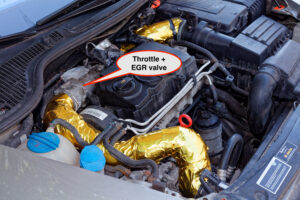
Remove intake manifold from throttle body, and check insides of throttle body & EGR.
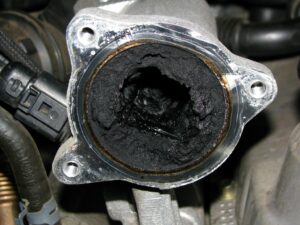
You can check whatever you want – you will never get correct readings if your engine is choking up.
If you have OBD diagnostic tools such as VCDS, it is easy to diagnose worn MAF sensor. Run a selective Output Test from the Engine controller with ignition on.
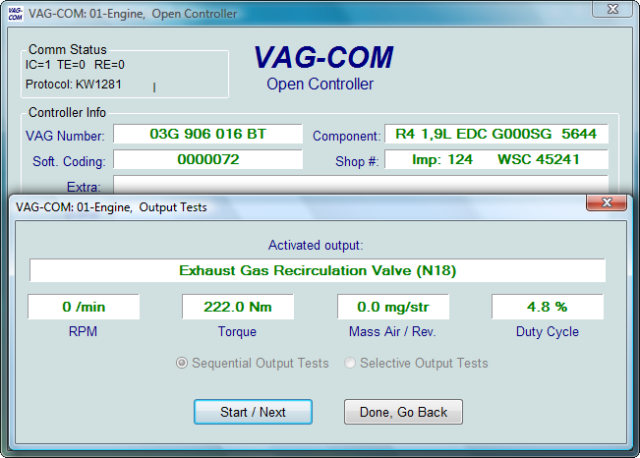
Let’s talk numbers…unless, you have manufacturer’s service manual where is specific MAF value such as 370 mg per cylinder – you have to do your own calculation.
We use HR calculators.
2.0 litres TDi engine usually has got 1’968 cm3 or 492 cm3 per cylinder. In perfect world at sea level (1000 hPa ambient air pressure) and 20 °C ambient temperature, you would have ~585 mg/str MAF readings with EGR switched off.
There are losses inside the intake manifold and engine head…nothing is perfect, except in Hollywood movies. Idling engine usually have VE ~80%. In reality, the cylinder is filled with about 468 mg/str.
Depending on ambient temperature, humidity, and pressure – one should have from 400 to 500 mg/str (0-30 °C, 900 – 1000 hPa).
This assumes there are no other issues with the turbocharger, and so on.
My 12 years old MAF had ~7% lower reading. I simply replaced MAF sensor…it costs ~120€ for Skoda Octavia II 2.0 TDi, 103 kW. If you simply swap MAF sensor, you will save yourself time.
Quick fix
Whenever I buy used car, I do not bother any more, and automatically swap all important sensors MAF, MAP, Lambda. It may sound crazy, and waste of about 300€ – If you do something seriously, you will save lots of pain/resources in future.
In the beginning, I wasted about 30 hours of my time by impossible…with average salary 20€/hours…you have lost 600€, and have suicidal tendencies. I am too old for this shit, learn from the mistakes to become a master!
If you are short on money, you can try to remove MAF sensor housing from car, and carefully wash it in warm water (max. 40°C) with non-aggresive cleaning solution such as kitchen dish soap. Let it dry, and install it back into your car.
If you see a noticeable difference, it was just dirty. If there is no change, it is dead, and replace it.
Painless repair
As already written, simply buy the new original Bosch MAF sensor if your car is older than 4 years/150’000 km. You already wasted enough money, and it will pay off in no time.
My 12 years/168’000 km old car has got ~7% lower MAF reading. Before I found out, at least 50’000 km has been driven. My car was lazy, and fuel consumption was weird.
Once, I swapped MAF, MAP & Lambda, my car was like rocket ship. It was a noticeable difference in acceleration, and most likely in consumption as well. In EURO IV cars, it is called FMA that controls fuelling in closed-loop.
FMA relies on all above by mentioned sensor…one sensor is worn or dead, and you are done. Even if I didn’t practice for racing, I always keep my car in good condition. Devil is in details !!!
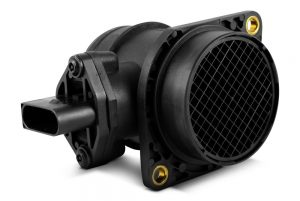
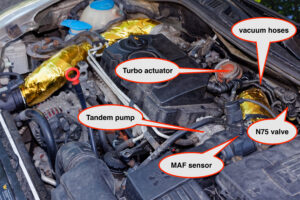
Leave a Reply